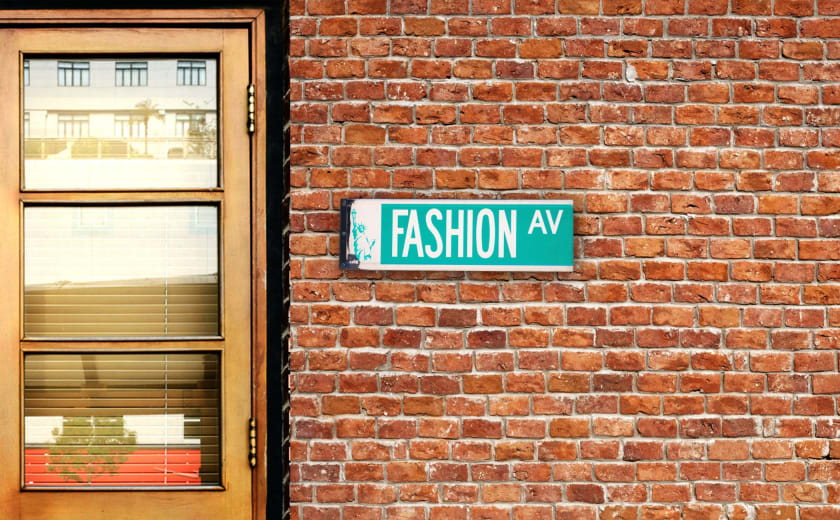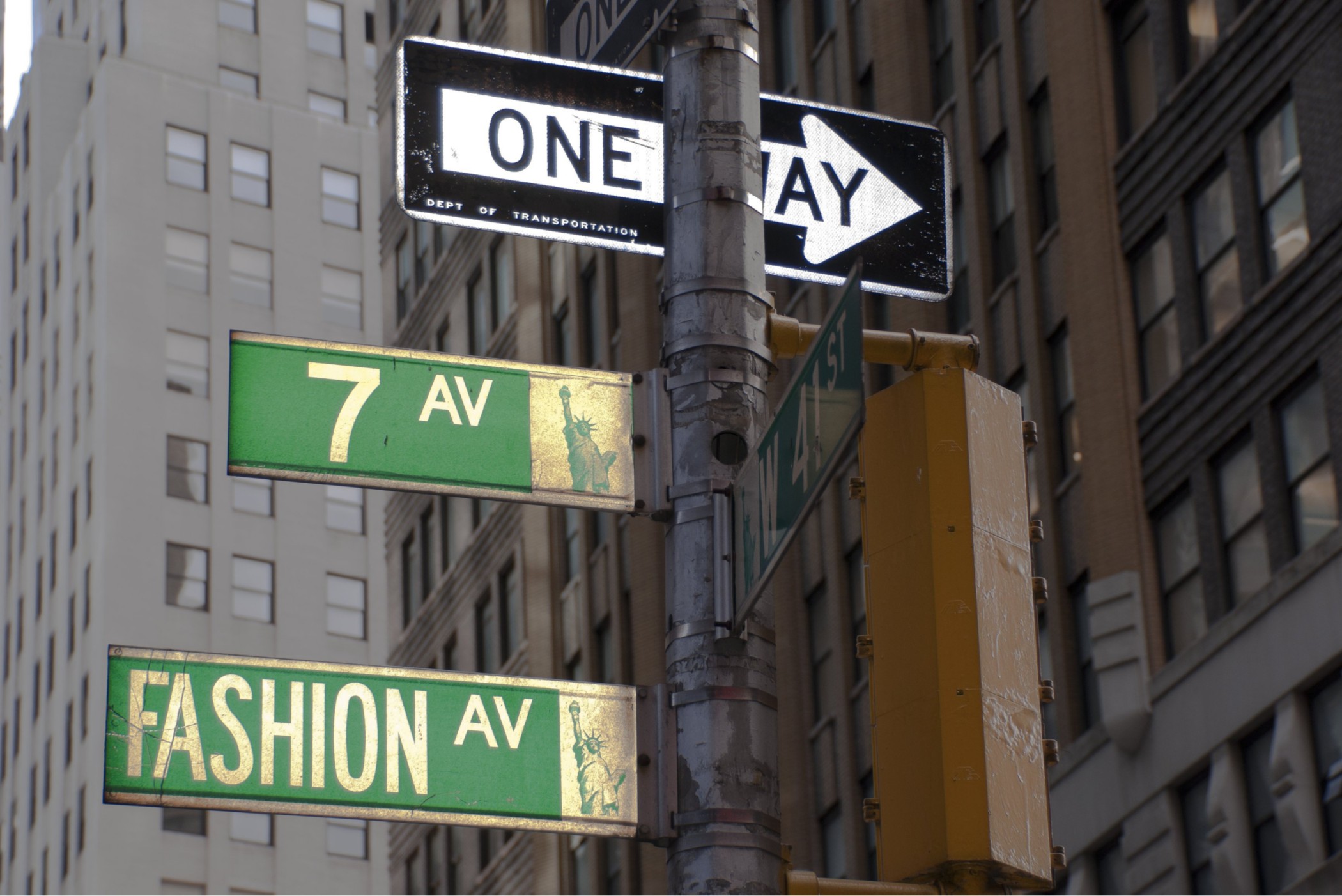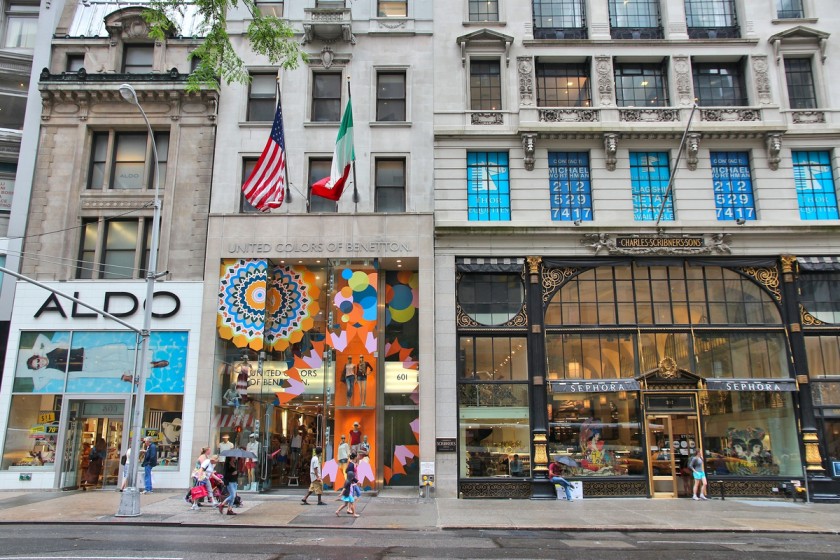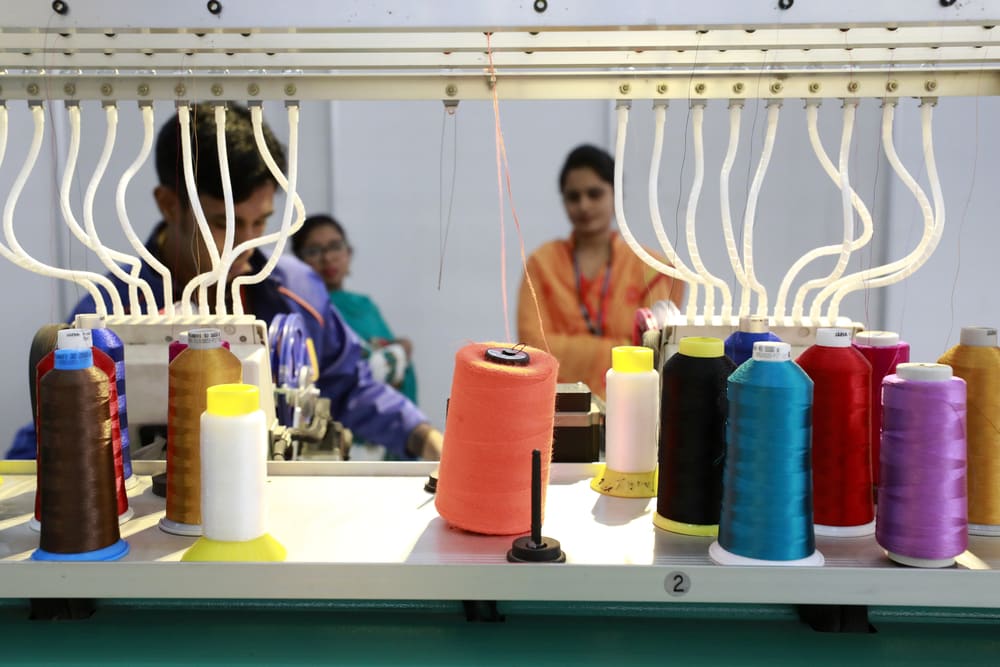Garment District – A Brief History



Which is the ultimate fashion capital of the world? If your answer was Paris, Milan, London, or New York, you are right! The fashion industry is a strong force globally with its own distinguished hubs. What makes these places special, though? Each of the Big Four Fashion capitals of the world has its own legacy – history, craftsmanship, or simply the ecosystem for the industry to thrive.
Here, we will be taking a slightly detailed look at one of these cities – New York – and what helps the fashion scenes in the city thrive. Anyone remotely interested in the fashion industry knows that the city is home to the biggest names in the fashion world. Oscar de la Renta, Donna Karen, Michael Kors, and Vera Wang, so many of the big names, are based out of New York.
The important question here is, what makes New York so special for so many designers to make it their base? As a member of the fashion industry, here is what you need to know. Yes, these are some of the most talented designers in the world. But what also helps them is the ecosystem available to them, giving them the freedom to experiment and make their experiments come alive. We are referring to the manufacturers, suppliers, and warehouses located in proximity to these designers’ studios.
The area between 34th Street to 42nd Street and 5th Avenue to 9th Avenue is popularly known as the Garment District of NYC. This area is not just at the geographical center of New York City. It is also at the center of the fashion industry of the world. The concentration of businesses involved in the fashion industry within the area makes it a perfect place for big brands to thrive and newcomers to strive to make a name.
In the Garment District of NYC, one can find suppliers for any materials required to implement a design, a manufacturer ready to produce samples for verification, and sewing and cutting rooms that help build a prototype before going for a larger order. The fashion schools in the proximity further enhance the advantages of the garment district. The most recognized members of the district, however, are the big design studios and the retail outlets delivering the ultimate fashion experience to the customers.
Moving Beyond NYC

Undoubtedly, the term Garment District is associated with NYC and its bustling fashion ecosystem. However, as a concept, garment districts need not be restricted to one geographical location. Any place in any city that provides a similar ecosystem for the entire supply chain of the fashion industry can be termed as a garment district. These specialized zones are sometimes also referred to as fashion districts.
While the original garment district lies in the Manhattan borough of New York, here are some other prominent fashion districts spread across the world.
- Fashion District, Toronto.
- Jermyn Street, London.
- Quadrilatero Della Moda, Milan.
- Los Angeles Fashion District.
- Montmartre, Paris.
Benefits of Garment Districts
With so many major cities having their own garment districts, their strong presence in the fashion industry makes for an interesting study. Whether having a garment district helps in the progress of the fashion industry and its allied businesses within an area is an idea that is explored here. The success of the studios located in these garment districts shows that this is indeed a great idea. Some apparent benefits of garment districts that make them a welcome concept for businesses in the fashion industry include the following:
Robust Support System
The fashion industry is made up of numerous businesses. Suppliers of raw materials and accessories, sewing and cutting rooms, manufacturing facilities for large and small orders, designers, brand marketers, retail outlets – there are so many participants involved in each stage before a product reaches a customer. Each of these players comes into the picture one after the other during the production process. Imagine a brand coordinating between these many different players located in different geographies.
The time and cost associated with such transactions, not to mention the energy and efforts required to make this work, is huge. Instead, if all these players are located in close proximity, it makes getting the final product ready much faster and more economical. This is the biggest advantage of a garment district. All the different members are available within a concentrated geographical area, making them accessible without much effort. The support system made available this closeness is unparalleled and more robust than any other option.
Freedom to Experiment
As a designer, the most important thing that you may want is the freedom to experiment, to let your creativity flow. But if you only have the option to order bulk quantities of your designs, will you really be experimenting? Trying out the sample, building a single prototype, changing the color or the fabric – all these can make a huge difference to the final outcome of your design process.
To have the freedom to pick and choose the materials and the way they are brought together, you would need suppliers who are ready to supply small quantities in a relatively short time. This is possible when you are working out of a garment district. The suppliers are situated close by. The sewing and cutting rooms are probably in the next lane. How does this compare to the situation where your suppliers are located in a distant corner of the world, and you have a long lead time between each step?
The easy availability of materials and services that help a designer experiment freely is one of the critical advantages a garment district offers. This may be one of the reasons, wherever the design studios are based in garment districts, their business flourishes.
Reduced Entry Barriers
While the big names and brands can afford to procure expensive products from faraway lands, this may appear too daunting for an entrant. For a brand just entering the industry, budgets may not be as easily available. If they have to procure their raw materials from distant places, it may drill a huge hole in their limited budgets. This proves to be a very strong entry barrier for brands looking to enter the business.
However, if there are garment districts where the raw material is available nearby, and the brand can order small quantities, the entry barriers come down drastically. Even a first-time fashion entrepreneur can try launching their first collection with maybe 10 products, thanks to the ecosystem of a garment district.
Startup Incubation

An extension of the lower entry barrier, yet a major advantage on its own, is the possibility of incubation for fashion startups. In an area that is filled with experienced industry professionals and some of the biggest names in the industry, any startup will get the best exposure to learning and experimenting.
The geographical closeness allows the members of a new brand to interact with peers, observe competitors and gain from the overall environment. These are priceless experiences for any newcomer. Finding a mentor is much easier in a garment district than having to reach out to people distantly located.
Students fresh out of fashion colleges based in the garment district get a huge advantage over their counterparts. They can start building their own collections, get guidance and learn by observing the best in the business from close quarters.
Economic Contribution
A critical factor in favor of the garment districts throughout the world, including the original one in NYC, is their massive contribution to the economy of the area they operate in. The entire supply chain – from manufacturers to last-mile retailers – generates a huge financial outcome. The supporting businesses like storage, transport, and even the jobs generated by the different businesses all contribute to the economy of the city and the nation.
A garment district is a beneficial concept not just for businesses involved in the fashion industry directly. Instead, it is also very helpful for businesses involved indirectly, like restaurants for the workforce, marketing firms, etc. Overall, the economic contribution of the garment district with its direct, associated, and allied business is extremely significant for any geographical area.
Wrapping Up
So far, we have seen that a garment district is one of the best ways businesses in the fashion industry can thrive. While the initial garment district is located in NYC, the concept is universal. Many cities in the world are gaining from their garment districts. A similar experience, though without the advantage of geographical closeness, can be found in online communities dedicated to the fashion industry.
The communities which consist of all the players involved in the industry, not just designers, are the closest approximation of a garment district. One such community is waiting for you at Fashinza. An end-to-end B2B platform for all players in the fashion industry, this is where you can find peers, suppliers, manufacturers, and brands interacting with each other. You can find the materials you are looking for, place an order, and get them delivered to your facility. Or, you can read detailed articles on all things relevant to the industry. To find more information, and become a part of the community, visit the Fashinza website or app today.



















